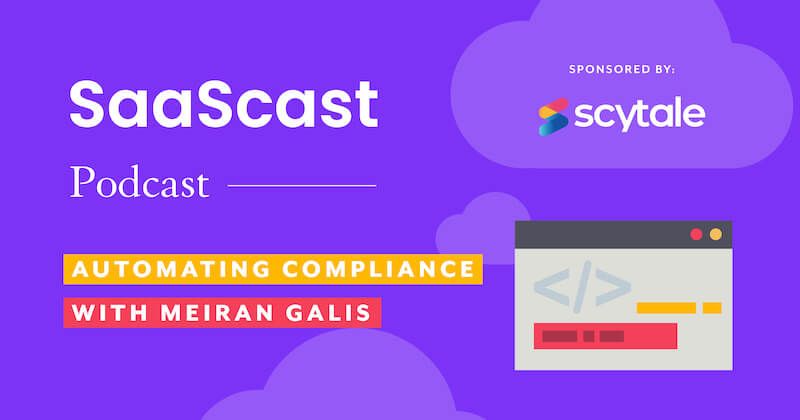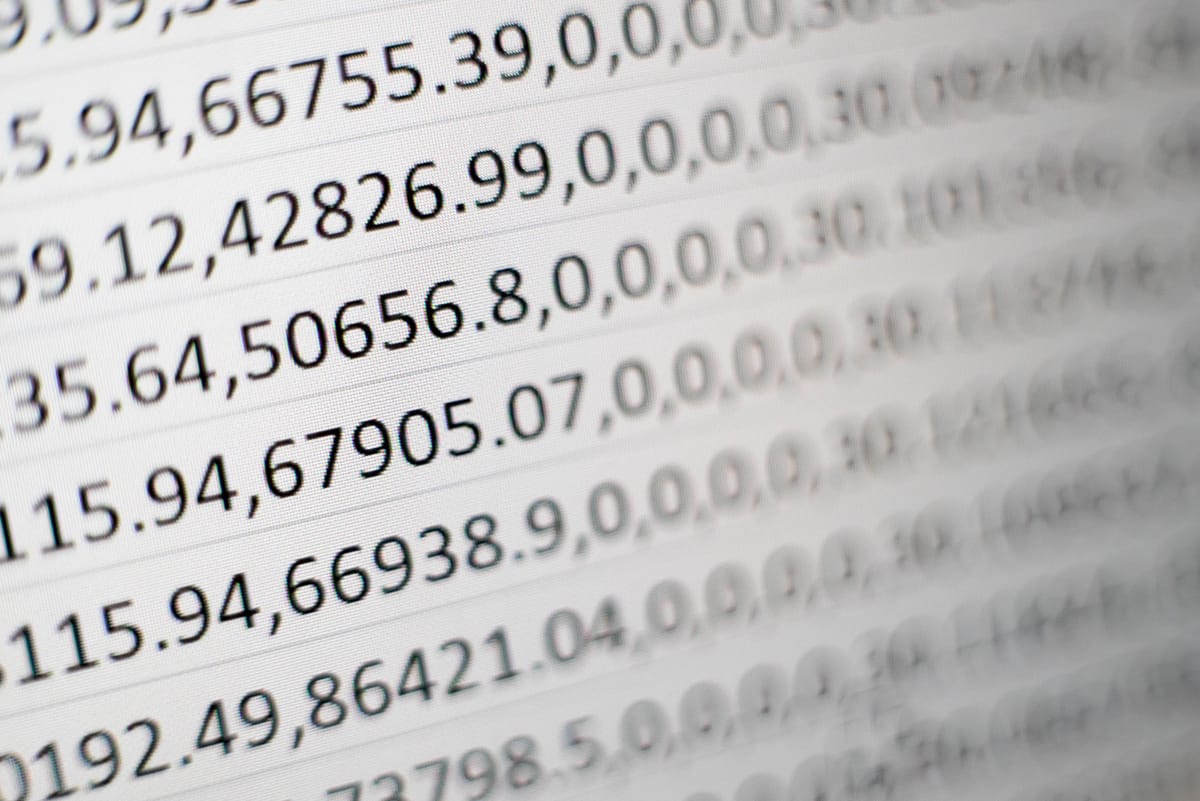Did you know that in 2023, the average cost of a data breach rose to $4.45 million? With numbers like that, can you really afford to ignore SaaS data security?
In the fast-changing world of SaaS, few qualities are as important as trust. SaaS companies access sensitive customer information daily - from financials to personal details to business plans.
With data breaches in the headlines, users rightly want to know their data is responsibly managed.
By visibly putting robust data protection first, SaaS providers can give customers much-needed confidence that their data is buttoned down.
So, in this article, we’ll cover constructive ways SaaS teams can secure data and show users their protection matters.
Let’s dive right in!
How SaaS data security works
SaaS solutions offer tremendous advantages but also present unique data protection needs.
With SaaS, responsibility for security is split between the provider and the customer. SaaS companies lock down the applications and infrastructure while customers configure access controls and manage their data.
This divided view of security ownership can reasonably make some customers anxious about potential gaps in defense.
SaaS providers can’t shrug off responsibility and expect users to go it alone if something goes wrong. To build lasting trust, transparency is key.

Be upfront about what you handle security-wise versus steps customers must take to safeguard data and share specifics around defenses built into your SaaS offerings.
You must guide users on vital measures like access rules, encryption, and backup procedures to reinforce joint vigilance.
Key steps SaaS companies should take to lock down data
Let’s review key steps SaaS teams should prioritize to secure sensitive customer information.
1. Make data encryption ever-present
Encryption deserves immediate focus for any SaaS provider. When done right, encryption jumbles data so only authorized parties can unscramble it.
Implement strong encryption for stored data and data in transit.
Rely on trusted encryption methods like 256-bit AES plus strict key management ensuring the creation, storage, rotation, and access control keep your keys buttoned down.
2. Add backup assurances
Despite best efforts, unexpected data loss can still happen due to tech failures, human errors, or other snags. As “information caretakers”, SaaS teams must maintain reliable backup and rapid restoration abilities.
Formalize policies and procedures aligned to defined recovery time and data loss expectations.
Additionally, regularly test backup/restore to confirm meeting targets, even during large-scale disruptions.
3. Detect and thwart break-in attempts
Use an intrusion detection system to uncover unauthorized access tries and spot potential data theft.
Set rules to trigger alerts for high-risk events needing urgent response, faster incident response directly reduces damage.

4. Vigilantly control access
To frustrate data thieves, tightly control internal access to customer information on an absolute need-to-know basis only.
You should restrict employee permissions only to the absolute minimal data and system resources essential for a specific role.
Further monitor access with role-based rules, multi factor authentication, and timeouts for periods of user inactivity. Together these make stolen login credentials far less dangerous.
5. Coach employees as trusted insiders
Despite extensive technical controls, some threats can actually come from employees directly. They may fall for remarkably clever phishing lures, mishandle data accidentally, or struggle to follow complex security rules.
You should fortify employees through comprehensive security awareness training and order data privacy education for all staff.
Coach them to spot cunning emails, safely handle sensitive information, and uphold encryption/access standards. Ongoing education maintains high levels of preparedness.
6. Assess areas for improvement
Beyond training staff, you should monitor data access to detect any unusual internal activity that would indicate potential misuse or unauthorized access.
Activity logs tracking when users interact with customer data can highlight suspicious patterns needing investigation. Periodic audits also assess how well defenses are working.
7. Maintain compliance with evolving regulations
Various data privacy laws and industry rules like GDPR and PCI shape SaaS data protections and breach disclosure requirements
Tracking legal and policy changes reduces any surprises that could erode customer trust.

8. Get ahead of gaps criminals could exploit
Even robust security postures eventually have holes that creative data thieves can exploit. Actively probe systems using constantly updated tools that copy real hacking behaviors.
Fix these high-priority weaknesses before criminals potentially leverage them to harm customers.
Additionally, subscribe to vendor notifications about newly discovered soft spots, always try to make sure you’re one step ahead.
9. Prepare for future incidents
Despite strict defenses, some threats will evade layers of protection and become security incidents.
Because incidents will happen, it’s only natural in this digital age, so extensively rehearse scenarios for detecting, isolating, and recovering from breach events that target customer data.
You could also try creating hypothetical breach situations to sharpen team response. Detail specific actions, communications protocols, and integrations with technology providers.
Every preparation step further toughens resilience.
Final thoughts
While no security system can eliminate all data risks, SaaS teams that prioritize building customer confidence operate with care and transparency.
They implement technically sound measures to secure sensitive information and communicate with users openly about protection policies.
Rather than just make claims, trustworthy providers expose their practices to scrutiny, show substantive protections in action, and demonstrate an inflexible commitment to safeguarding precious data.
Even for companies with the best intentions, growing threats underscore that continued vigilance is essential.
Staying abreast of emerging attack methods, being the first to address newfound system vulnerabilities, and planning for inevitable incidents – these hallmarks set secure SaaS providers apart.
In an era of widespread data vulnerability, SaaS companies have an opportunity to stand out by genuinely safeguarding user data.
Implementing the outlined safeguards shows commitment to winning customer trust. By locking down data responsibly and communicating progress with customers, you can confidently assure them: “Your information is safe with us.”
FAQ
What is the biggest data security risk for SaaS companies?
The biggest risk is a data breach that exposes sensitive customer information like financial data, personal details, or business plans.
SaaS providers are entrusted with this valuable data daily, making them prime targets for cybercriminals.
A major breach can deal a devastating blow to a company's reputation and the trust customers place in them.
How can SaaS providers ensure customer data is secure?
To give customers peace of mind, SaaS teams need to pull out all the stops on security.
This means implementing powerful encryption, strict access controls, intrusion monitoring, comprehensive employee training, probing for vulnerabilities, and having an incident response plan ready.
Being fully transparent about protection efforts is also key to building lasting trust.
What are the consequences of a data breach for a SaaS company?
The consequences go way beyond just exposing customer data, SaaS providers would face staggering damage costs.
But the fallout is more than financial, as a breach can shatter customer confidence and potentially lead to hefty regulatory penalties.
The brand damage is hard to recover from.
How can encryption protect customer data in SaaS solutions?
Encryption is a must-have for scrambling sensitive data so only authorized parties can decode it.
SaaS teams should utilize strong encryption like 256-bit AES for data at rest and data traveling over networks.
Coupled with stringent encryption key management practices, this makes it extremely difficult for attackers to access plaintext customer information.
Enjoyed this article? Why not check out exclusive insights from some of the leading minds in SaaS right here? 👇



